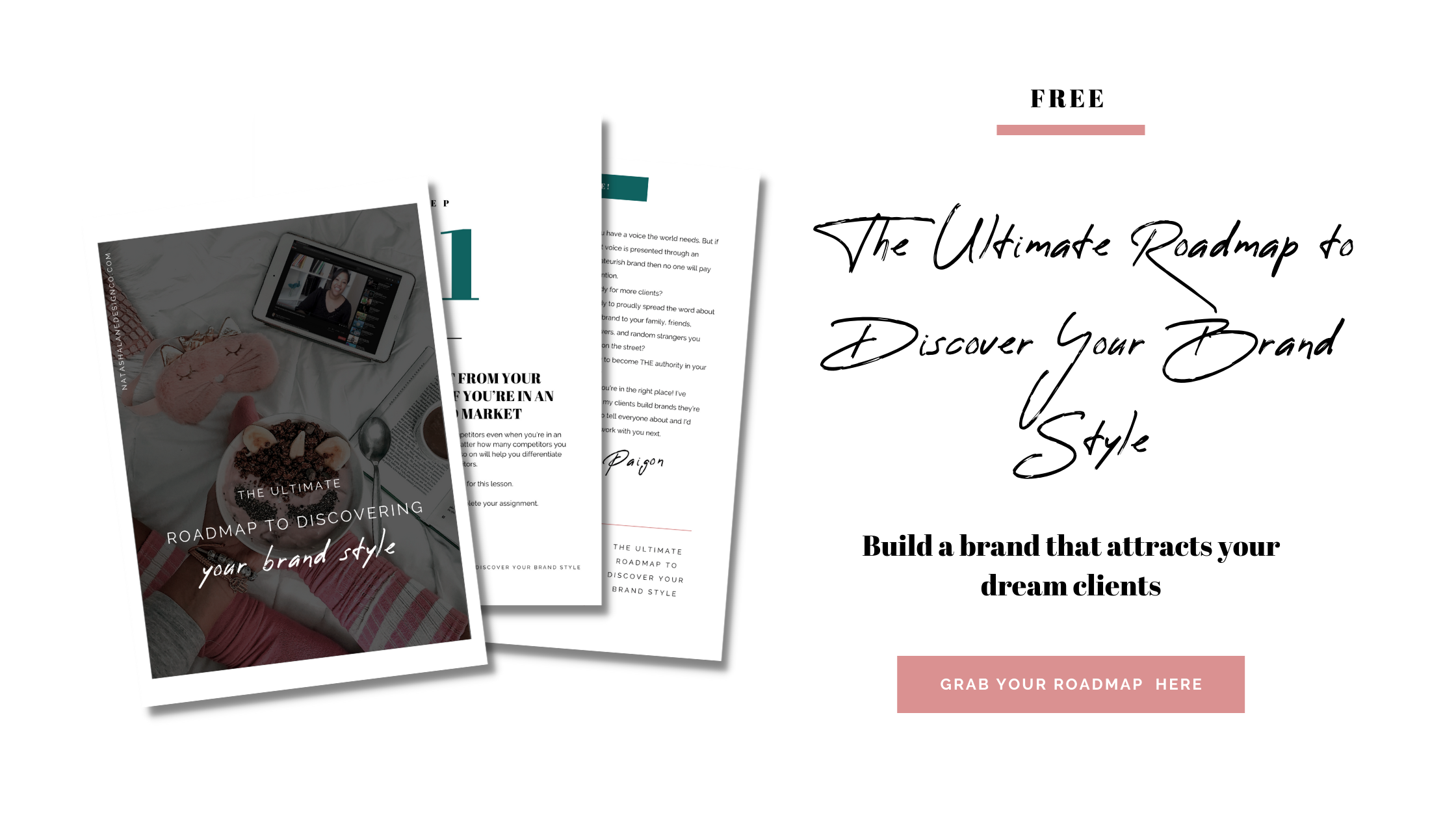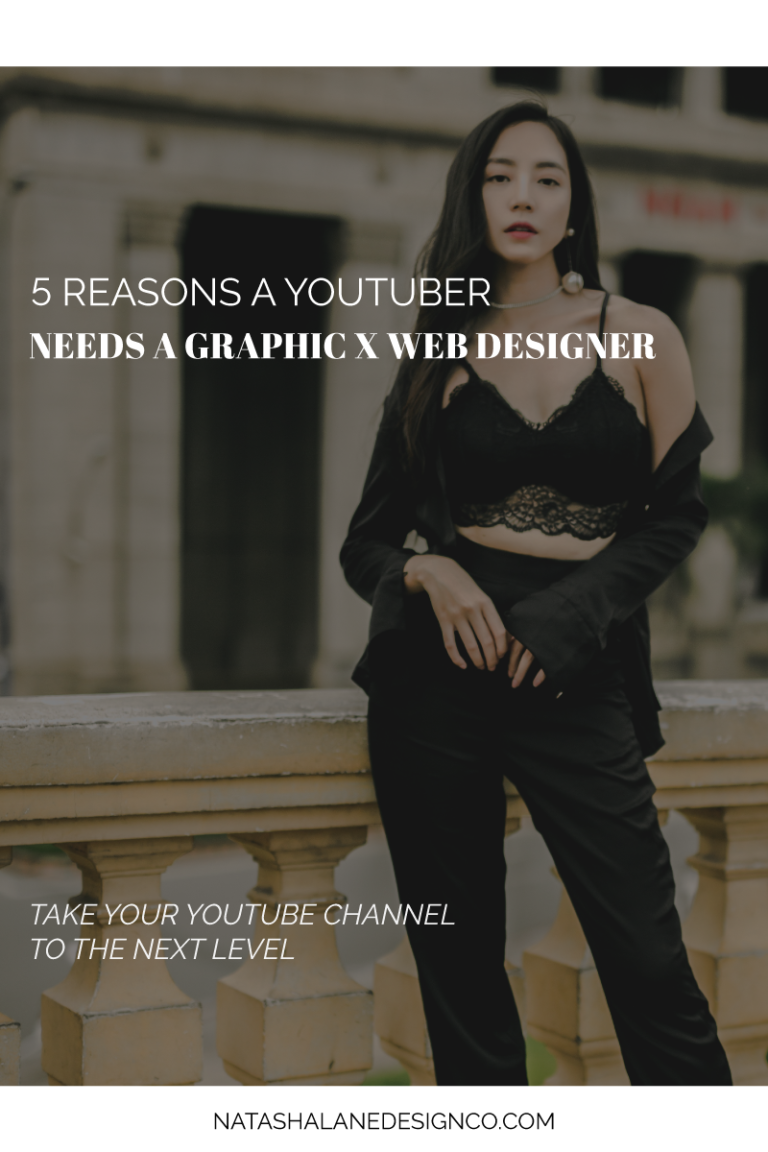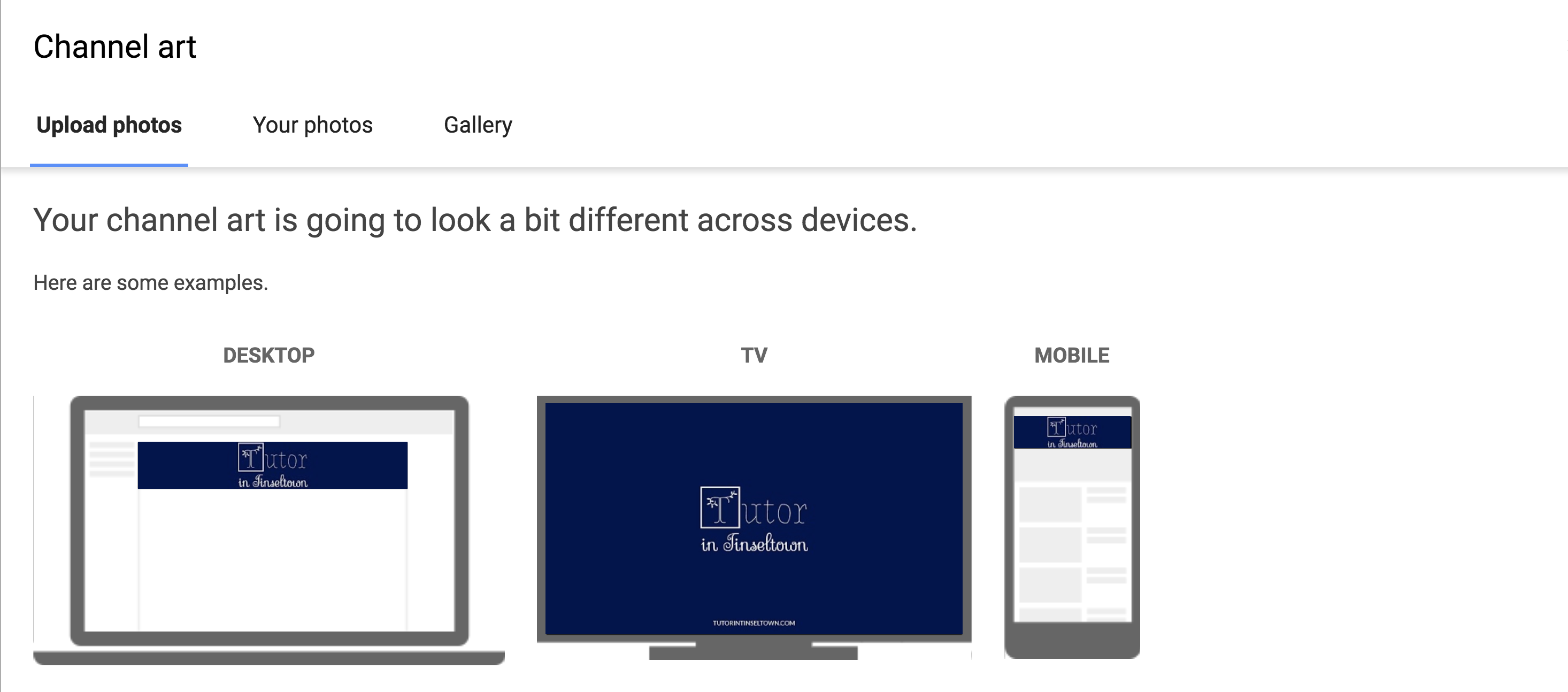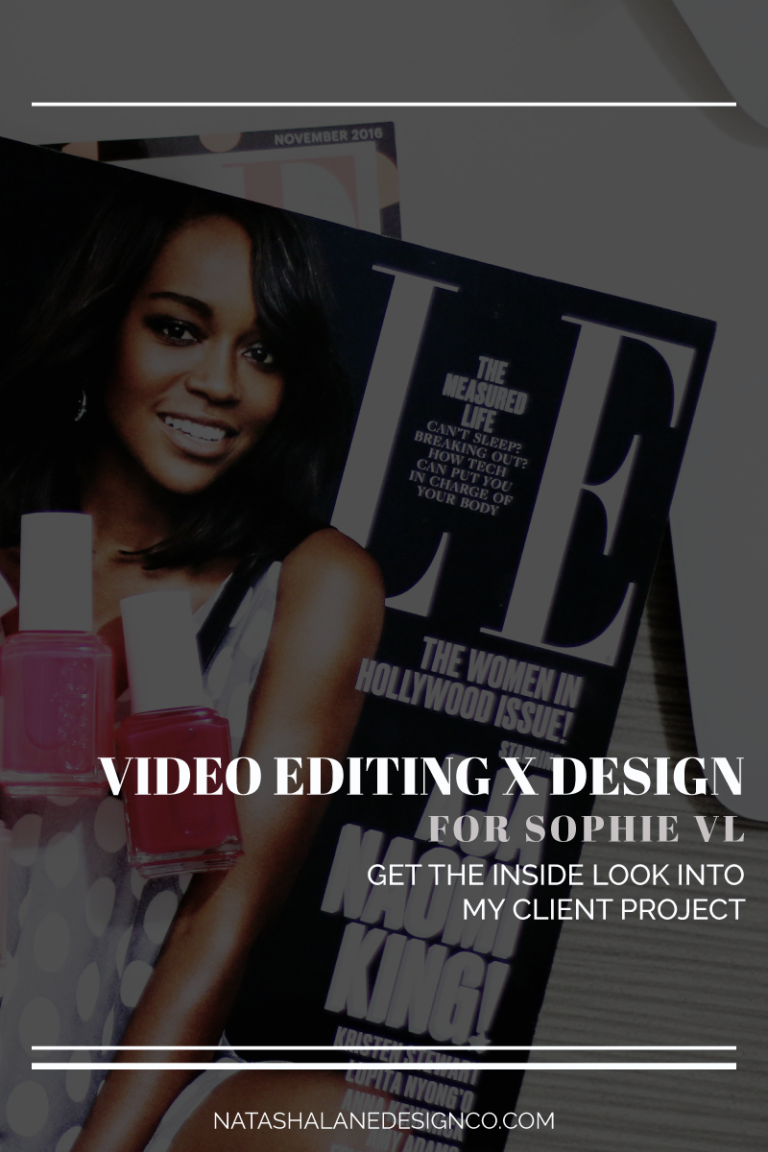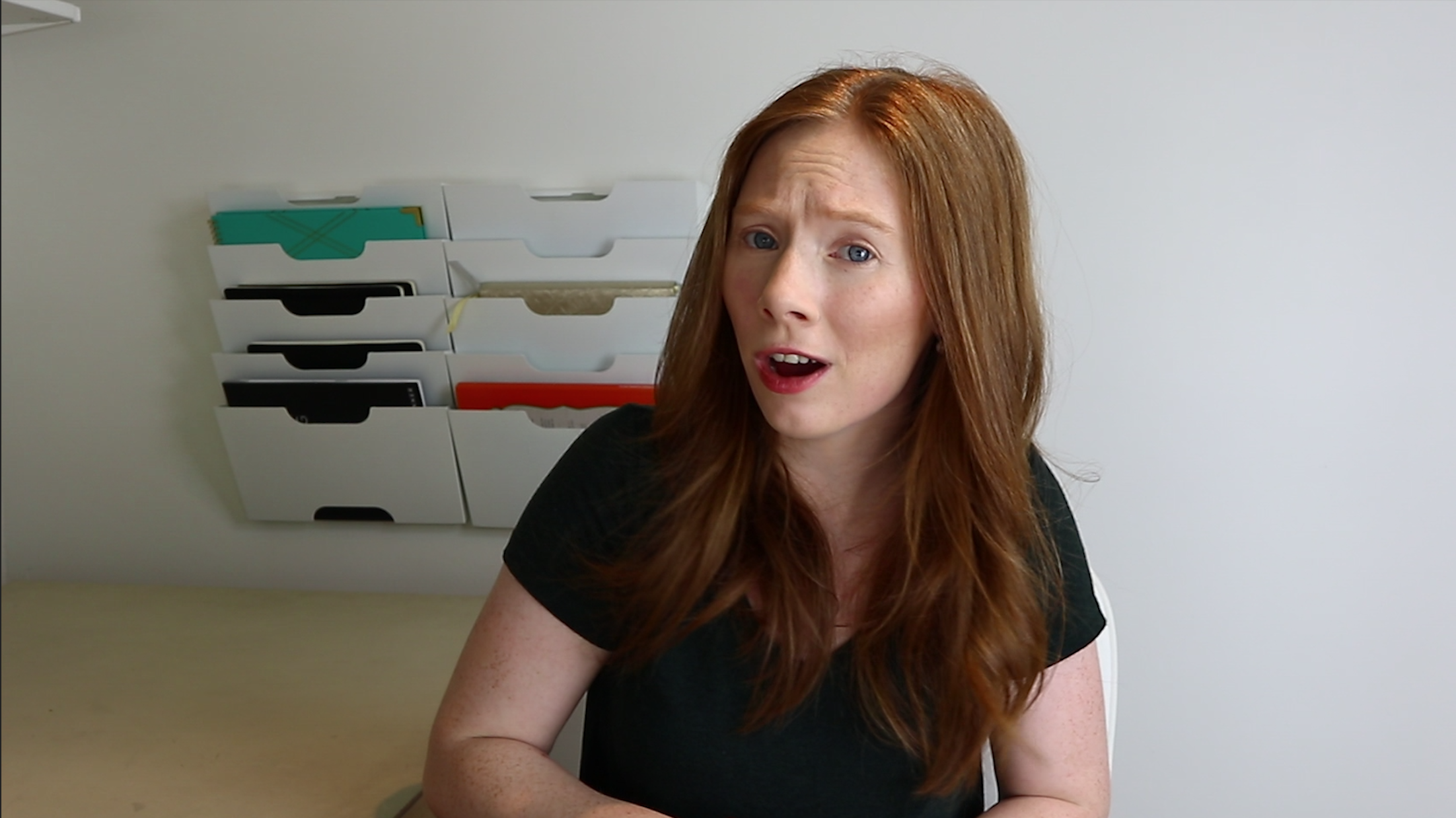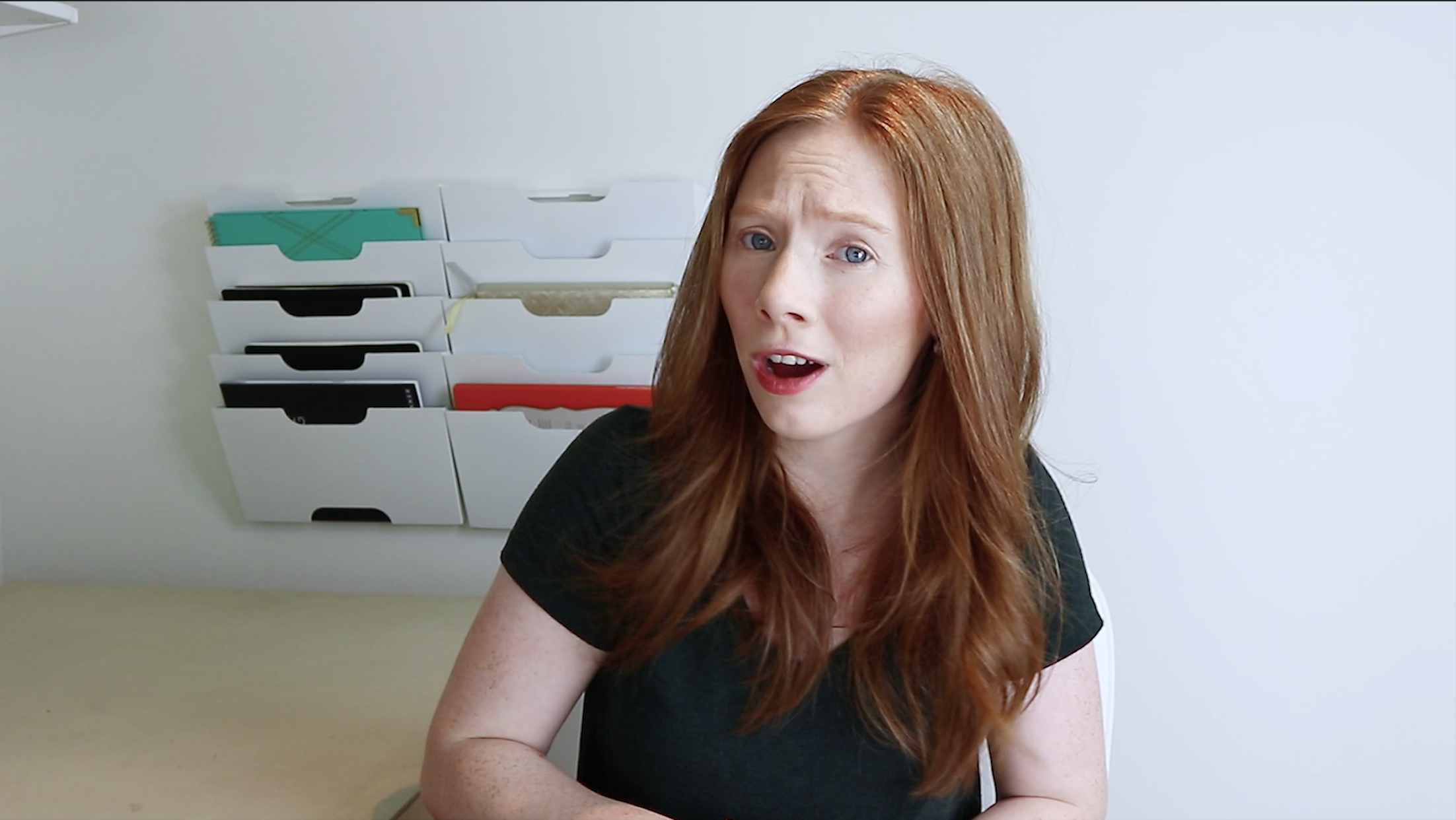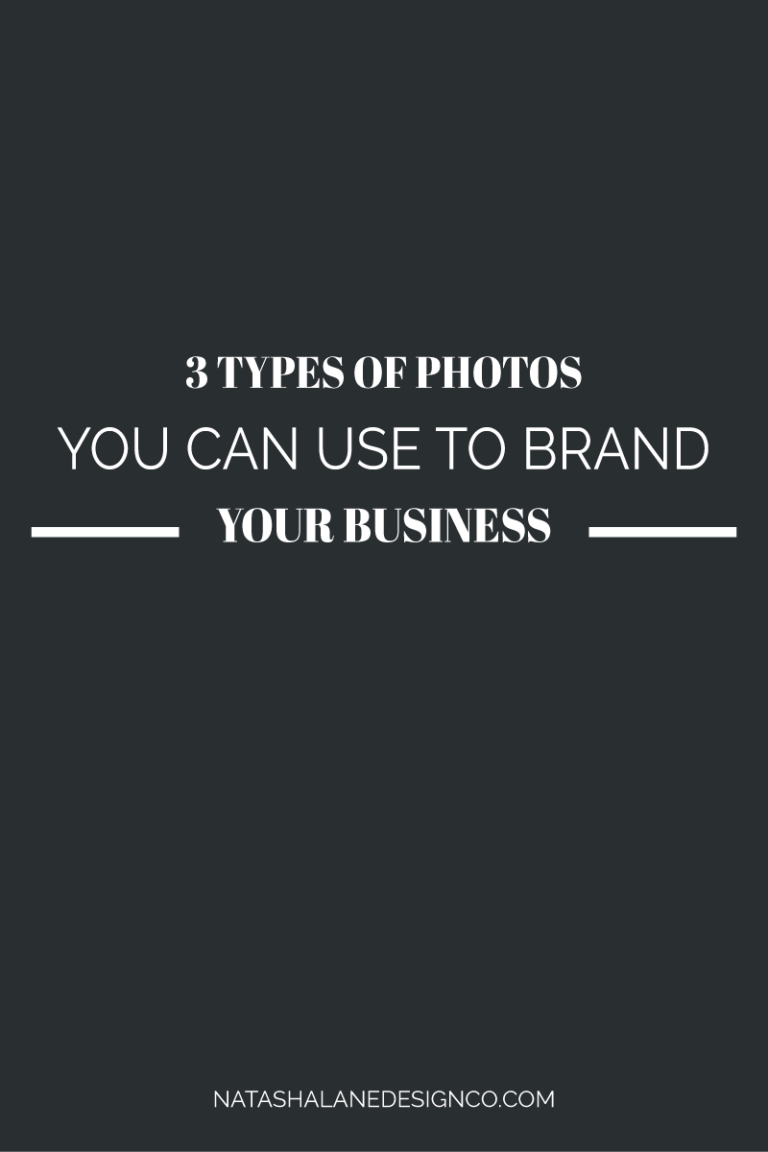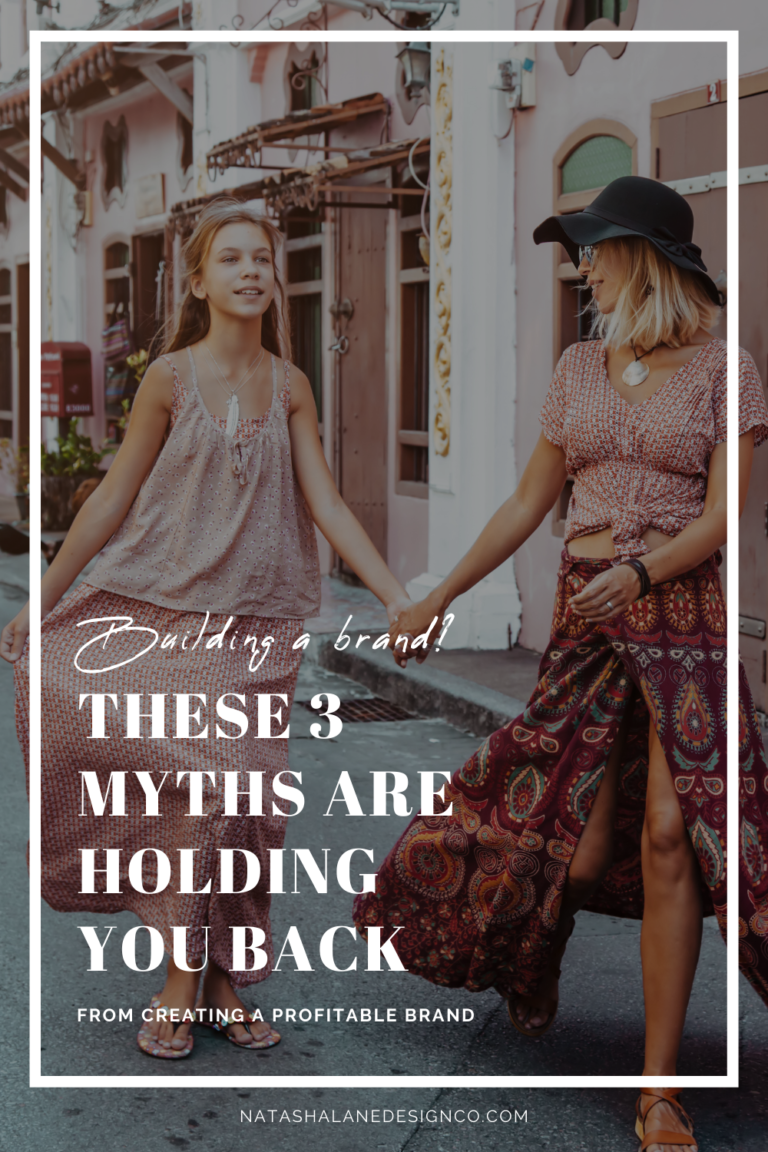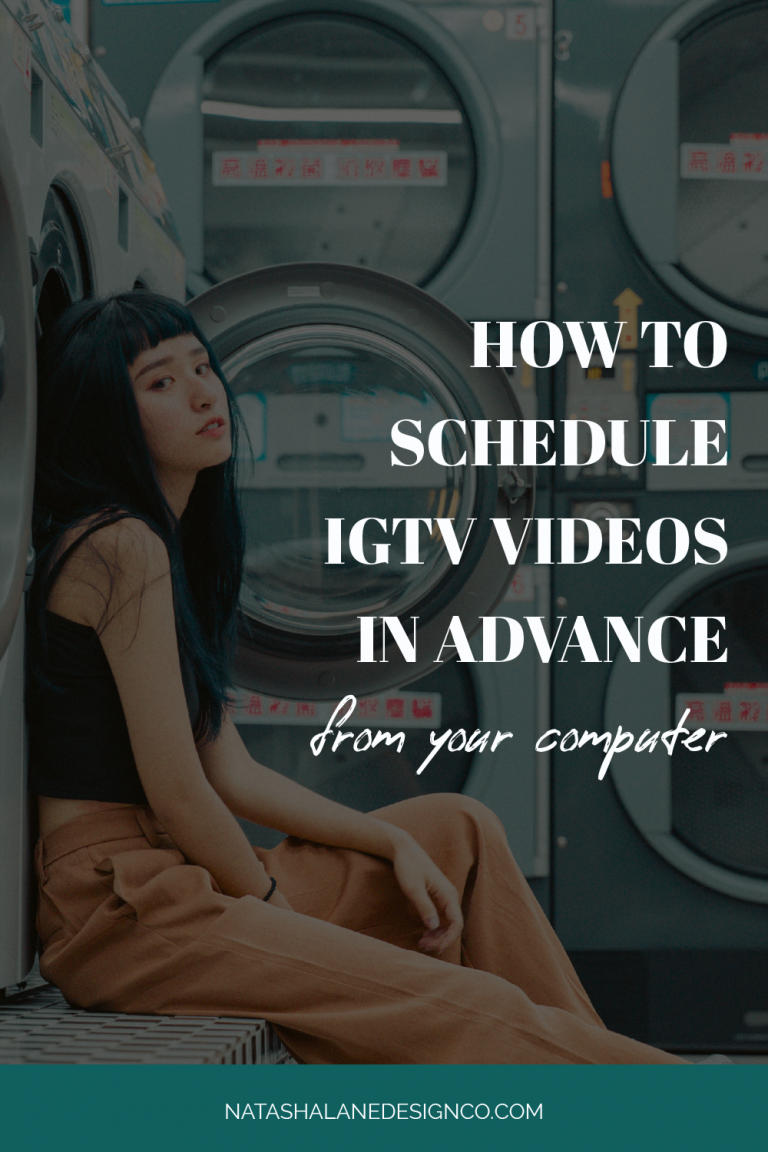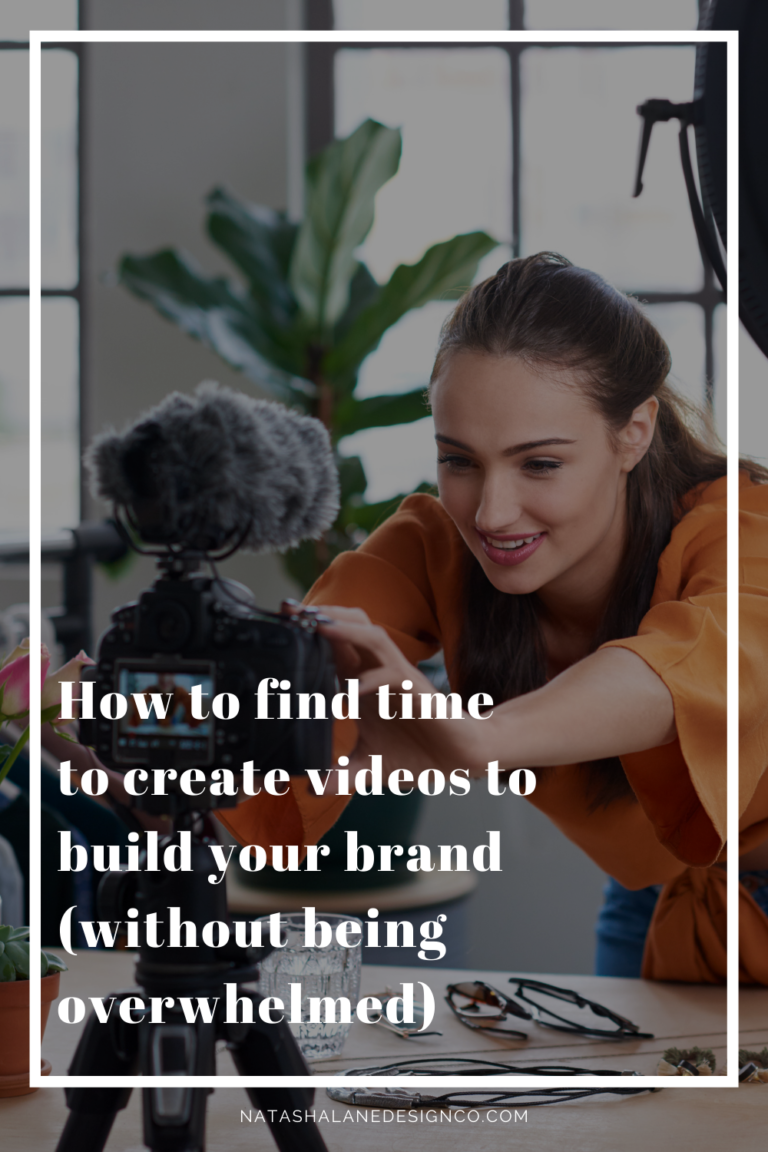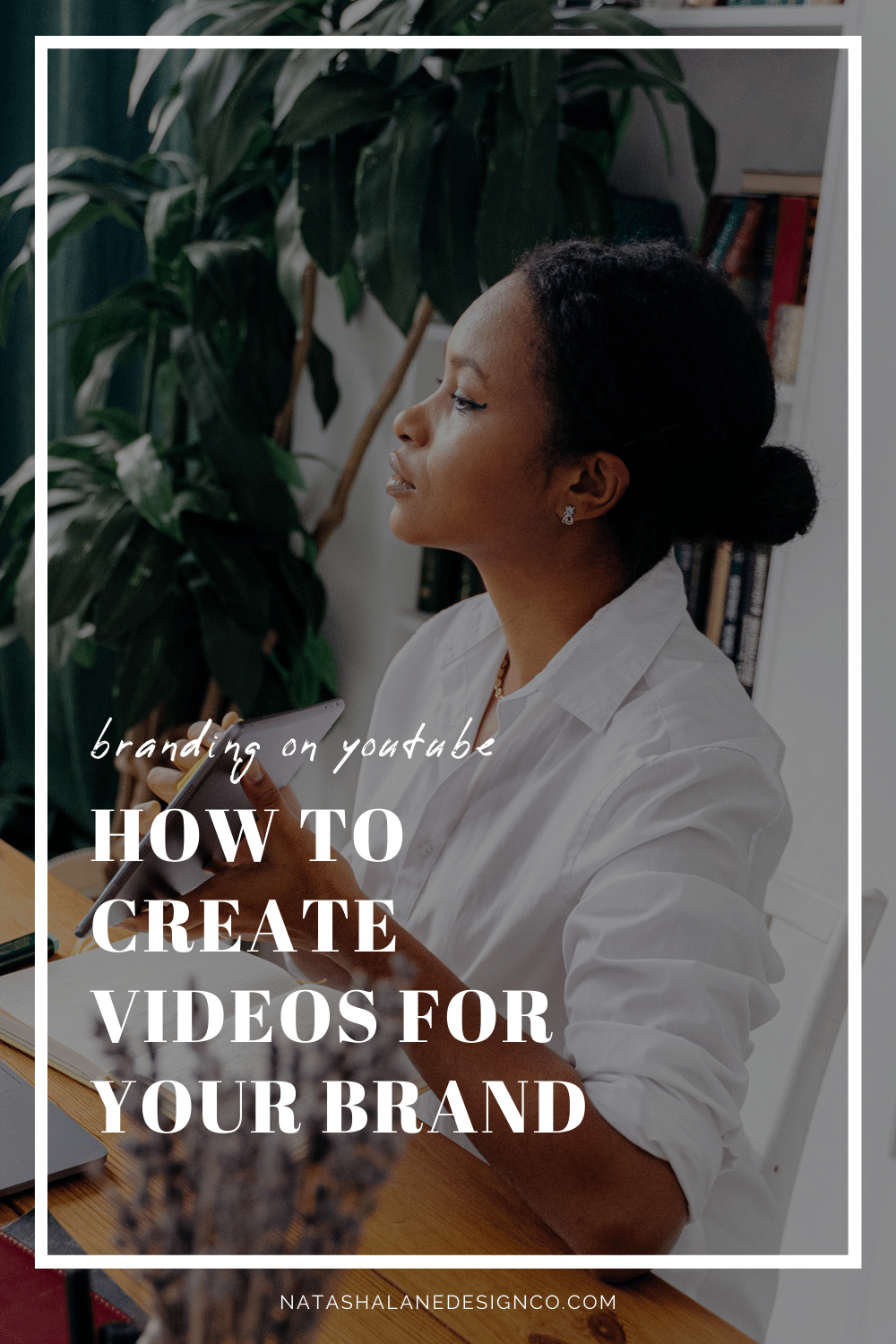
Okay, you know you want to create videos for your brand, but how do you get started? Most people focus on the technical aspect of filming videos. For example, planning, creating a script, what kind of equipment to use, how to edit videos, and so on.
But, will that help you create a great video that showcases your brand? No. Will knowing all these things help you know what to talk about or how to portray your brand on camera? No. Knowing the production aspect of filming is great. It’s one less thing to think about during the filming process, but you still have to think about your image. That’s why I’m going to talk about branding on YouTube and how to create videos for your brand even though you’re shy on camera.
Branding on YouTube (How to create videos for your brand even though you’re shy on camera)
01. Discover how to combine your personality with your brand
First, we’re going to talk about how to combine your personality with your brand. I’m not telling you to act like a different person. It’s better to be yourself. You don’t want to act a certain way on camera, but then act differently in front of your clients. That’s why it’s better to be yourself so when you’re insteracting with clients they already know your personality. If you’re a service-based business, it’s okay to be the best version of yourself. At least, I assume you’re acting like the best version of yourself when you’re interacting with people you don’t know because you want to make a great first impression.
Setting the tone
Next, I want you to think about the tone you want to set for your videos. This will be the tone you’ll set for all your content. But since we’re specifically talking about video, I’m going to focus on that. Do you want to come off as someone’s BFF? You can set the tone by using certain word choices like I’ve seen some people say ‘Hey, girlfriend’ when they’re talking to their audience.
You can also go the older sister route, you can set the tone of a professor or teacher, and so much more. Just think about your audience and what you want them to feel when they watch your videos. Just because you’re a professional, like a lawyer or doctor, doesn’t mean you have to set a professional tone. If you want to be the neighborhood doctor, then you might want to have a casual tone. Maybe setting the tone of being a cool uncle or aunt.
You can also choose your tone by your own personality. For me, the BFF personality wouldn’t work because that’s not how I am naturally. Even though I want to make friends online for me, I think there are negative connotations to working with friends. Sometimes friends take advantage of you because you’re friends and I don’t want to take advantage of anyone. I prefer a partnership. Basically, I would rather be a business partner. To be on equal footing. I want us to be able to communicate with each other to make our partnership better and for both of us to succeed. For me, I can play when it’s time to play and work hard when it’s time to work. That’s the style that I would like to portray and what comes naturally to me in reality. So think about your personality and what fits you.
Dr. Jekyll and Mr. Hyde
You’ve probably heard of people creating personas whenever they’re creating videos and I want to touch on it because it’s confusing. I would say that I do talk differently on camera only because I have limitations. Basically, when I’m filming I have to watch my image. I have a monotone voice, so I do have to watch out for that. My voice is very low, so whenever I’m filming I try to project my voice more and that’s different from when I talk in real life.

This is a good habit I’ve formed because now when I’m talking to clients, I project my voice because I want them to hear me on zoom calls. So the way I’m portrayed on camera is still the same with clients. But if I wasn’t on camera and if I was just at home talking to my family or friends, I would probably be more mellow. So in this case, having a persona does help or I should say correcting flaws on camera does help and I want you to think about creating a persona.
It’s okay to correct things that will make you feel confident doing. No peer pressure. There was an episode of The Mindy Project that I really like. If you didn’t know, I’m a big fan of The Mindy Project. I know it’s been off the air for years now, but I still love it. But there’s an episode where Danny has to be her gynecologist and he’s messing with her and he wants her to weigh herself and she really doesn’t want to step on the scale. In the end, she creates a warrior name, “I’m not Mindy on Beyonce Pad Thai” and then she goes and weighs herself and does all the other things for gynecology.

But she gets through it by creating that persona. So if you need to get through it, then there’s nothing wrong with that. It’s not like you’re being fake, you’re just being a better version of yourself and getting through the things that make you uncomfortable. Doing all of this is actually helping you to create your personal brand.
Make a list and check it twice
While you’re thinking about your personal brand. I want you to make a list. Make a list of the things you want to show and do on camera and the things you don’t want to show and do. Everybody has a bottom line when it comes to putting things out on the internet. For me, I’m a private person. As long as I have a book and a TV, I can go off the grid and live as a hermit. So you’ll never see me showing my family or friends on social media.
I don’t mind showing myself and my personality. BUT I still need a separate space, a space to be myself. I don’t want to show all of my life, and you don’t have to either. Just so you know, this list you create can be changed in the future. Maybe in the future, I might want to show more of my life like cooking recipes or doing pilates, but not now.
If you need an example of a list, here’s an example of mine: I would never talk about politics, religion, or my family’s personal life unless it’s to tell a story based on work. Having this list in place and knowing the tone and style you’re going in helps you get more comfortable in front of the camera because you already know what to do and not to do, what to talk about and what not to talk about, and how you’re going to say things. Even if you’re camera shy, this will help you get more comfortable on camera. You’ll have boundaries to create a safe place for you to show up.
02. What type of videos to create
Now, we’re going to talk about what type of videos to create. I told you to make a list of things you don’t want to show, do, or talk about on camera. One of the things I don’t want to do is infringe on my personal space. For my own sanity, I prefer to separate different aspects of my life. My room should be for rest, my office should be for work, and I have a separate room for working out. So if you don’t want to show your personal life or create lifestyle videos, there are other options for your brand.
The first type of video is the standard how-to tutorial video. These videos are actually great for building your client library. An example would be ‘how to find your target audience’ or ‘how to look for your competitors.’ How-to videos are also great if you want to show something pertaining to your service. Like, I have a tutorial on ‘how to create a secret Pinterest board’ so my clients will know how to create a secret Pinterest board and share it with me so that I can start getting an idea of their brand.
The 2nd type of video you can create are videos based on frequently asked questions. If you get a lot of the same type of questions, then create videos on them. Then whenever you get those questions again, you can send those videos with the answers to the person who asked the question.
The 3rd type of video is the behind-the-scenes video. You can have an inside look at your process and how you do things. This is great for your brand because you’re showing the behind-the-scenes of your business, and people want to get a sneak peek at what you’re doing and how you do it. This will also give your audience a sneak peek at how your service works.
The 4th type of video that you can create is explainer videos. These videos help you showcase your experience and expertise. You want your audience to know why they need your service, how knowledgeable you are in your field, and how you can help them.
The last type of video I want to talk about is videos that tell your brand story. I guess behind-the-scenes videos can be part of that, but this is different. It’s more of a ‘why’ for your business. Why do you do what you do? How did you get started? Who do you help? You’re showing what your business stands for. These videos are great because it helps you connect with your audience and have a sense of community.
If you haven’t found your brand style, and you need help, check out The Ultimate Roadmap to Discover Your Brand Style. This email course will help you uncover the main things you need to know to get started building your business. That includes finding your target audience and how to stand out from your competitors.
What are your thoughts on being a better version of yourself on camera? Let me know in the comments down below.
03. How to get started creating videos for your brand
I’ve talked about your personal brand and the types of videos to create, but now it’s time to combine them. We’re going to talk about how to get started creating videos for your brand.
The one thing that will help you is having a script. I’ve talked about how a script will help you create videos faster and stay on topic, but in this video, we’re talking about branding. Having a script creates structure. You might not think about it, but structure is a part of branding. I’ve talked about this in a video on creating a script. If you want to watch it, it’s called How to write YouTube scripts for better engagement.
In that video, talked about how movies and TV shows have formats and it’s not just movies and tv shows, but variety shows, radio talk shows, talk shows, and so on. Almost anything for entertainment has a certain format and that format is part of its brand. So the way you structure your videos is a part of your brand.
Your intro of your video, the main points of your video, and the end are all a part of your brand. The way you decide to structure your video should stay the same every time so your audience can know what to expect from every video. Every video content is different, but the format of every video is the same and that’s part of your brand.
Adding a little personality
Even though everybody is creating YouTube videos and we’re all creating these talking head videos, we can add personality to videos. One way you can add personality to your videos is by using your brand elements of course. But you can also use text graphics, B-roll footage, and images.
Another way to add personality to your brand is video editing. The way you edit your videos is a part of your brand because there are different ways to cut and transition your videos. There are different speeds for videos. For example, I had a client who sped up her videos. She wanted me to speed up her videos because she thought she talked too slowly. I’ve actually tried that for my own videos because I know I talk slowly, but I felt like I would rather have my own speaking speed. But for her, it worked out for her. It suited her videos.
Another thing I want to talk about with video editing is you can add personality and create a brand, not just with editing, but also with sound and music. You can add sound effects to your videos and choose background music for your videos. If you’re creating talking head videos, you can add background music. I think this is great for inspirational videos and motivational videos.

If you think you’re boring on camera, you can add more personality by using one of all of these elements: adding b-roll footage, graphic texts, images, sound effects, and editing your videos a certain way.
Summary of Branding on YouTube (How to create videos for your brand even though you’re shy on camera)
That’s it. I’ve talked about how to combine your personality with your brand, what type of videos to create, and how to get started creating videos for your brand.
If you want more videos on branding and video creation, then subscribe to my channel for updates. And if you need help discovering your brand style, then don’t forget to grab The Ultimate Roadmap to Discover Your Brand Style.

